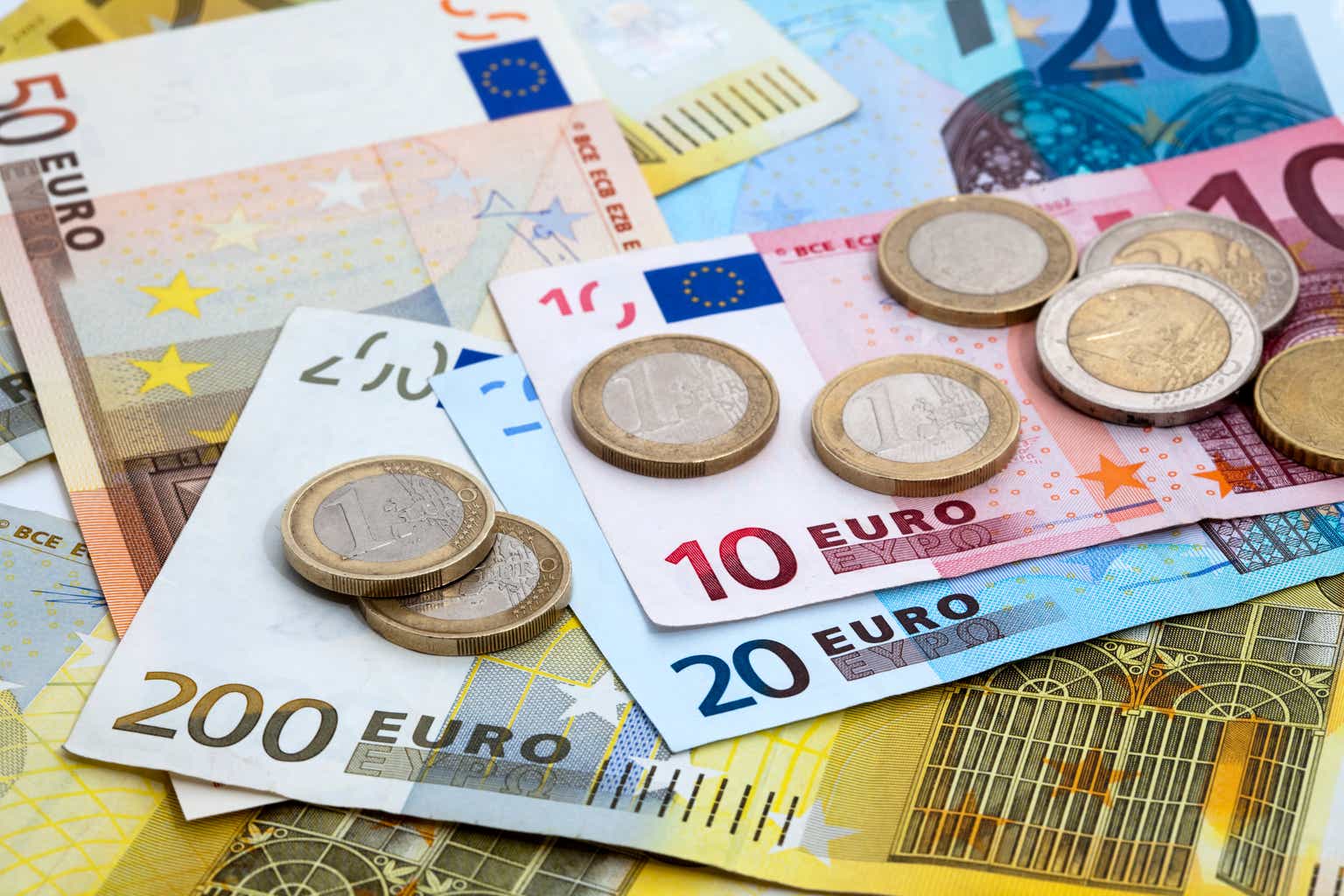Over the past 12 months, menu prices are 3.5% to 4.5% more expensive than grocery prices.
Transcript:
I’m Conway Gittens reporting from the New York Stock Exchange. Here’s what we’re watching on TheStreet today.
The S&P 500 and the Nasdaq both had another record trading session on Wednesday. Those coming on the heels of the Federal Reserve’s decision to once again keep interest rates unchanged. The Central bank signaled there would likely be only one rate cut by the end of the year.
Investors are also reacting to fresh inflation data. The May Producer Price Index showed prices unexpectedly fell 0.2% in May, economists were looking for a 0.1% gain . And weekly jobless claims rose by 13,000 to a total of 242,000. That’s the highest number of unemployment applications since August of 2023.
In other news – even though food prices are beginning to flatten, it’s still getting more expensive to dine out. While grocery prices remained steady in May, menu prices at sit-down restaurants climbed 0.4%, according to the Bureau of Labor Statistics. The BLS also said prices at limited-service restaurants, like fast food and fast casual spots, were up 0.2%.
And while a couple of percentage points may not seem like a lot, over the past 12 months menu prices at full-service and limited-service restaurants are up 3.5% and 4.5%, respectively. That’s compared to grocery prices being up only 1%.
Now, while your overall bill at the grocery store may not be much cheaper – there are certain items that have seen big price reductions in the past year. The price of apples are down more than 13%, ham has dropped 5.4%, and cheese is down 3.4%. However, beef, hot dogs, and eggs have all seen their prices go up.
That’ll do it for your daily briefing. From the New York Stock Exchange, I’m Conway Gittens with TheStreet.
Subscribe |
Earn. Live. Invest. |
TheStreet Pro |
#food #restaurant #inflation
source




































